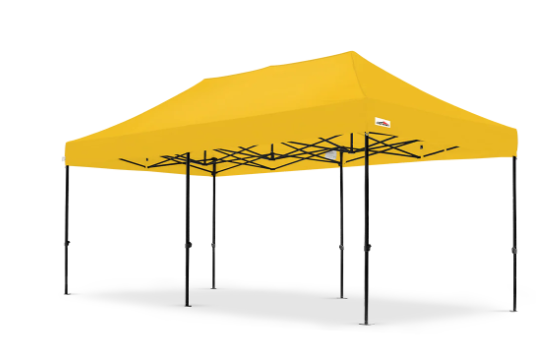
Selecting the right flooring for an office environment is crucial, as it impacts aesthetics, functionality, and employee well-being. Wood flooring has emerged as a preferred choice for many businesses due to its durability, timeless appeal, and numerous practical benefits. This guide delves into the advantages of wood flooring in office settings, explores various types suitable for commercial use, and offers insights into making informed decisions for your workspace.
Advantages of Wood Flooring in Offices
Durability and Longevity
Wood flooring is renowned for its robustness and ability to withstand heavy foot traffic, making it ideal for bustling office environments. High-quality hardwood floors can endure daily wear and tear, ensuring a long-lasting investment. Engineered hardwood, in particular, offers enhanced stability and resistance to moisture, reducing the risk of warping over time.
Aesthetic Appeal and Professional Atmosphere
The natural elegance of wood flooring adds a touch of sophistication to any office space. Its warm tones and unique grain patterns create an inviting and professional ambiance that can impress clients and boost employee morale. Moreover, wood flooring complements various interior design styles, offering versatility in achieving the desired aesthetic.
Ease of Maintenance
Maintaining wood floors is relatively straightforward. Regular sweeping and occasional polishing can keep them looking pristine. Unlike carpets, wood flooring doesn’t trap dust, allergens, or odors, contributing to a cleaner and healthier office environment.
Acoustic Benefits
Wood flooring can enhance the acoustic quality of an office by reducing noise levels. When paired with appropriate underlayment, it minimizes sound transmission, creating a quieter and more focused workspace. This is particularly beneficial in open-plan offices where controlling noise is essential.
Types of Wood Flooring Suitable for Offices
Solid Hardwood Flooring
Crafted from single pieces of timber, solid hardwood floors offer authenticity and can be sanded and refinished multiple times, extending their lifespan. However, they are sensitive to humidity changes and are best suited for areas with controlled moisture levels.
Engineered Hardwood Flooring
Engineered hardwood consists of a top layer of real wood veneer bonded to multiple layers of plywood or fiberboard. This construction enhances stability and resistance to moisture, making it suitable for various office settings, including those below ground level. Engineered wood also allows for wider planks, offering a contemporary look.
Laminate Wood Flooring
Laminate flooring mimics the appearance of wood through a photographic layer beneath a clear protective coating. It’s a cost-effective alternative that offers durability and ease of installation. However, it may not provide the same level of prestige as real wood and can be susceptible to moisture damage if not properly maintained.
Factors to Consider When Choosing Wood Flooring for Offices
Traffic and Usage
Assess the level of foot traffic in your office to determine the appropriate wood species and finish. Harder woods like oak and maple are well-suited for high-traffic areas due to their resilience.
Maintenance Requirements
Consider the maintenance needs of different wood flooring options. While all wood floors require care, some finishes and wood types may demand more frequent attention to maintain their appearance.
Budget Constraints
Wood flooring comes in a range of prices. While solid hardwood may have a higher upfront cost, its longevity can offer better value over time. Engineered wood and laminate options provide more budget-friendly alternatives without compromising significantly on aesthetics.
Environmental Impact
For eco-conscious businesses, selecting wood flooring sourced from sustainable forests or opting for reclaimed wood can minimize environmental impact. Additionally, engineered wood products often utilize less of the valuable hardwood layer, making them a more sustainable choice.
Conclusion
Incorporating wood flooring into your office space combines durability, elegance, and practicality. By understanding the various options available and considering factors such as traffic, maintenance, budget, and sustainability, you can select the ideal wood flooring that enhances your office environment and stands the test of time.
Write and Win: Participate in Creative writing Contest & International Essay Contest and win fabulous prizes.


